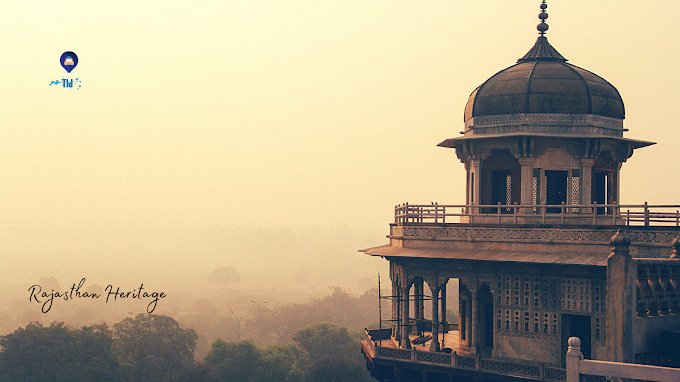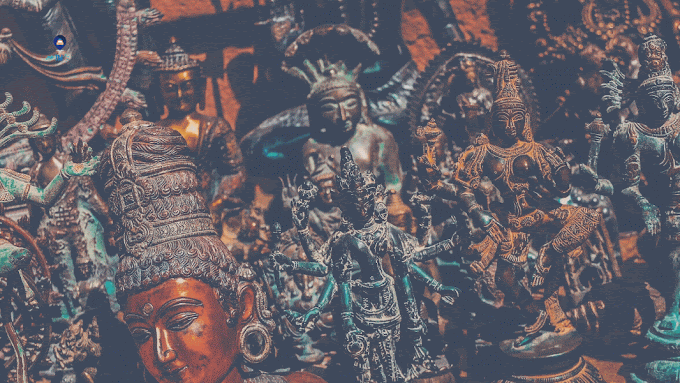Jantar Mantar
The Jantar Mantar, in Jaipur, is a galactic perception site that worked in the mid-eighteenth century. It incorporates a lot of exactly 20 primary fixed instruments. They are great models in the brickwork of known instruments yet which by and large have explicit attributes of their own. Intended for the perception of cosmic situations with the unaided eye, they encapsulate a few engineering and instrumental advancements. This is the most noteworthy, generally far-reaching, and the best protected of India's notable observatories. It is a declaration of the galactic abilities and cosmological ideas of the court of an academic ruler toward the finish of the Mughal time frame.
Historical
The Jantar Mantar, Jaipur, is a cosmic perception site that worked in the mid-eighteenth century. It incorporates a lot of nearly twenty fundamental fixed instruments. They are amazing models in the stonework of known instruments however which by and large have explicit attributes of their own. The Jantar Mantar is a statement of the galactic aptitudes and cosmological ideas of the court of an academic sovereign toward the finish of the Mughal time frame.
The Jantar Mantar observatory in Jaipur establishes the most huge and best-protected arrangement of fixed amazing instruments worked in India in the main portion of the eighteenth century; some of them are the biggest at any point worked in their classes. Intended for the perception of cosmic situations with the unaided eye, they typify a few structural and instrumental advancements. The observatory shapes some portion of a convention of Ptolemaic positional space science which was shared by numerous human advancements. It contributed by this kind of perception to the culmination of the cosmic tables of Zij. It is a late and extreme momentous finish of this custom.
Through the impulse of its maker, the ruler Jai Singh II, the observatory was a gathering point for various logical societies and offered to ascend to broad social practices connected to cosmology. It was additionally an image of regal position, through its urban measurements, its control of time, and its normal and mysterious determining limits. The observatory is the great encapsulation of the meeting up of necessities which were simultaneously political, logical, and strict.
Are you know About the Fact of Jantar Manter then You Need Visit in Jaipur. then you Should Hire Car rental in Jodhpur at JCR we provide Best Guide and Best Services to Over Clients. And JCR is Also Mini Tempo traveler in jodhpur which 6 to 7 Seater.
Popularity
one of the world's most precise pre-present day observatories, and confirms eighteenth-century endeavors to improve comprehension of planetary and other infinite developments. One of five observatories worked by a similar ruler in northern India—
the others are in Delhi, Ujjain, Mathura, and Varanasi—
the one in Jaipur is the biggest and the most popular. Sadly, the observatory started to break down rapidly following its development. By the end of the nineteenth century, it had fallen into ruin. In 1901, Maharaja Ram Singh set out on the rebuilding and reproduction of the observatory. The remaining parts of this recreation are what we see today. A portion of the instruments, or yantras, are still being used to conjecture climate and harvest yields. These incorporate a group of stars and meridian observatories and a mammoth sundial.
Car Rental Services is best for you to visit each and every Famous Place in Jaipur that why you need to Hire Car rental in Jodhpur at reliable Price.






0 Comments